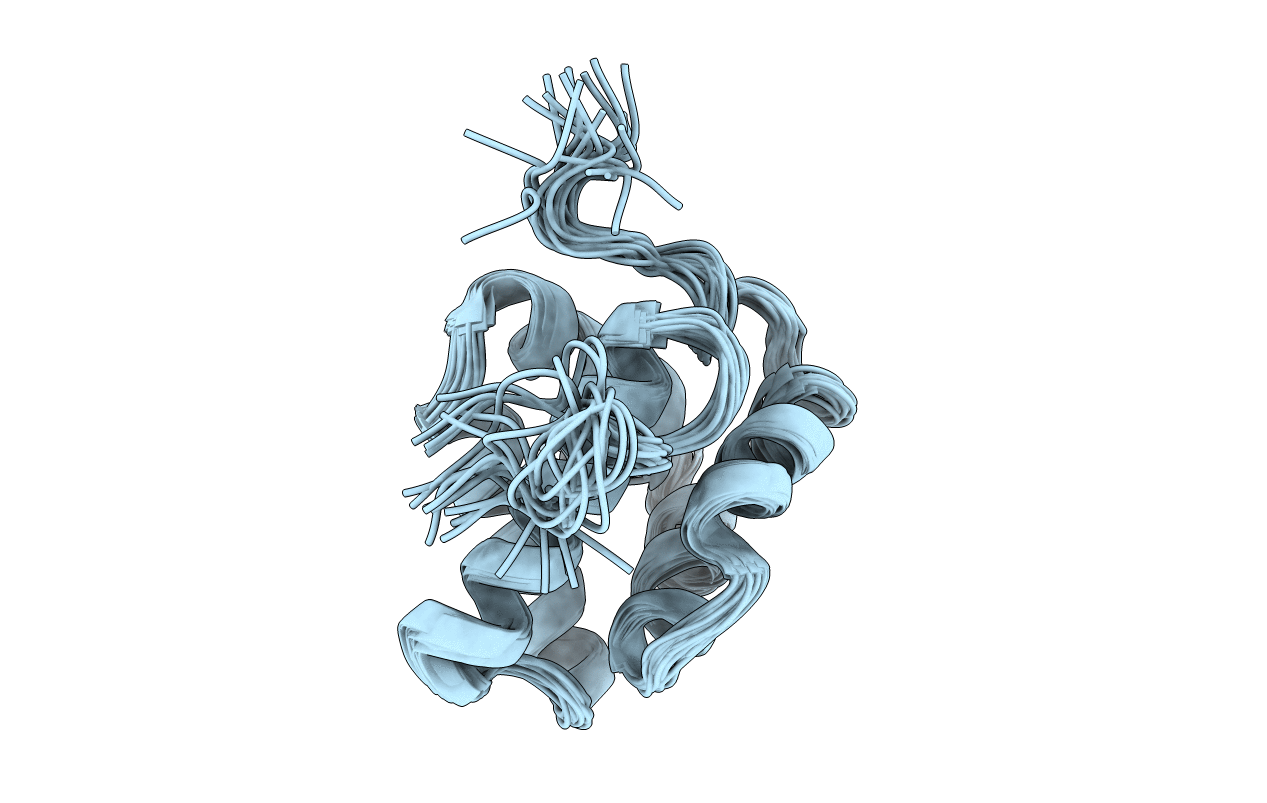
Deposition Date
2012-02-15
Release Date
2013-02-20
Last Version Date
2024-10-30
Entry Detail
PDB ID:
2LPN
Keywords:
Title:
Solution Structure of N-Terminal domain of human Conserved Dopamine Neurotrophic Factor (CDNF)
Biological Source:
Source Organism:
Homo sapiens (Taxon ID: 9606)
Host Organism:
Method Details:
Experimental Method:
Conformers Calculated:
100
Conformers Submitted:
20
Selection Criteria:
structures with the lowest energy


